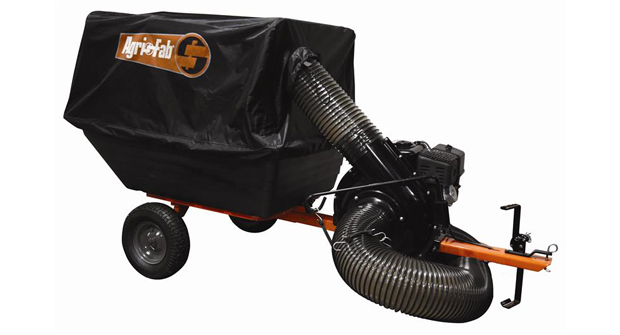Whether due to local mandates or an effort to offer clients more sustainable services, landscape pros are integrating more battery-powered equipment into their operations. As a result, it’s critical to employ a thought-out charging strategy to support these endeavors adequately.
Here are some essential do’s and don’ts to consider when establishing your charging solutions.
Energy needs

When transitioning from gas to battery-powered equipment, a contractor must first assess their energy needs, mainly how many batteries will be required to power their daily activities.
This dictates whether they’ll require mobile charging units on their service trucks and a charging station back at their home base, says Paul Beblowski, product manager with Stihl. For example, a small operation may only need a handful of chargers, while a larger outfit requires a dedicated charging procedure.
“Guessing is not a reasonable way to move forward on (battery management),” he says. “You never want to be in a position where you can’t finish a job because you’ve run out of power. That being said, a contractor must understand the company’s products and the charging platforms they’ll be investing in, including parts, batteries and serviceability.”
There are numerous resources where contractors can find information, Beblowski adds. Including equipment manufacturers, dealer networks and industry colleagues.
The right space
Inside your shop, locate an uncluttered, clean and dry area near a dedicated 20-amp circuit, which can support upward to 10 outlets. It’s essential to use GFCI outlets, which will trip — or shut off — when ground faults occur, moisture is present in the receptacle box, a circuit overloads or if the outlet fails outright.

Position the charging station in a clearly visible space and at least five feet off the ground, which will prevent bumping or tripping hazards, says Scott Horoszewski, the owner of Acme NLS in Sylvania, Ohio, and a member of Echo’s User Advisory Group.
His company primarily services residential properties with a portfolio of 55 percent maintenance, 20 percent ornamental and tree pruning, 15 percent fertilizer application and 10 percent snow/ice management.
“Find an unused corner in the shop that maintains a constant temperature throughout the year,” he says. “Make sure you’re at least 20 feet away from any chemical or fuel storage, and have a good fire extinguisher in reach.”
When in doubt about an electrical source’s viability, call a professional electrician to take stock of the situation and provide an educated opinion of your electrical needs.
“The cost to hire a professional electrician to assess your situation far outweighs the safety factor and cost if an overloaded or failed circuit results in a fire,” Horoszewski adds.
Clean and dry
After a long day maintaining properties, resist the urge to plug batteries in for overnight charges and jet out the door for home.
Horoszewski recommends investing a few moments to wipe down each battery with a clean, dry rag to remove dust and debris. In addition, inspect each battery for damage before placing it on the charger. He recommends replacing any faulty or ill-performing batteries immediately.
“Make this part of your end-of-day routine, and it’ll decrease any interference with the charger and increase the life of the battery units,” he says.


